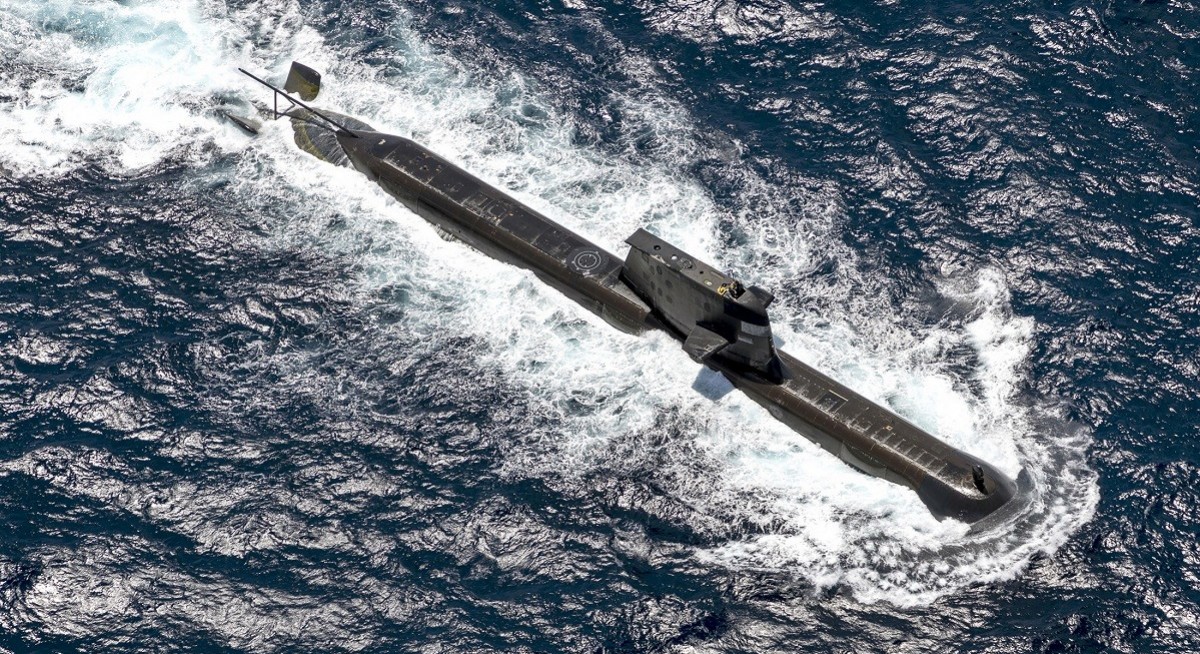The early cost estimate for the total project was A$25 billion, Marles said. Australia’s defence spending is currently 2.8% of gross domestic product.
“When you include what we are spending here, it is the better part — relative to what we inherited when we came to government back in 2022 — of an additional A$70 billion of defence spending over the decade,” Marles told ABC Insiders. “What that represents is the biggest peacetime increase in our defence spending in Australia’s history.”
Australia is working with the US and UK to build and equip a fleet of nuclear-powered submarines for Canberra to field, potentially as early as the 2030s, as part of the Aukus agreement signed in 2021.
In June, the Pentagon launched a review of the Biden-era pact, as the Trump administration looks to shift the burden to allies and ensure the US’s own supply of warships.
See also: Chinese and Japanese leaders meet to talk rare earths, security
Secretary of State Marco Rubio is said to have privately reassured Marles that the deal will not be terminated, the Washington Post reported, citing people familiar with the matter.
Marles separately told Sky News on Sunday that he had received “positive sentiment” from Rubio and Defense Secretary Pete Hegseth. “I’ve had numerous conversations with American counterparts,” he said. “I’m really confident about the proceeding of Aukus under the Trump administration.”
Under the deal, the US will sell Australia as many as five of its nuclear-powered Virginia-class submarines by the early 2030s. Australia and the UK would then together design and build a next-generation submarine partly using American technology, due to be completed in the 2040s.
The southern hemisphere nation has been overhauling and upgrading its defence capabilities in response to an increasingly contested region, with China rapidly expanding its military power.




